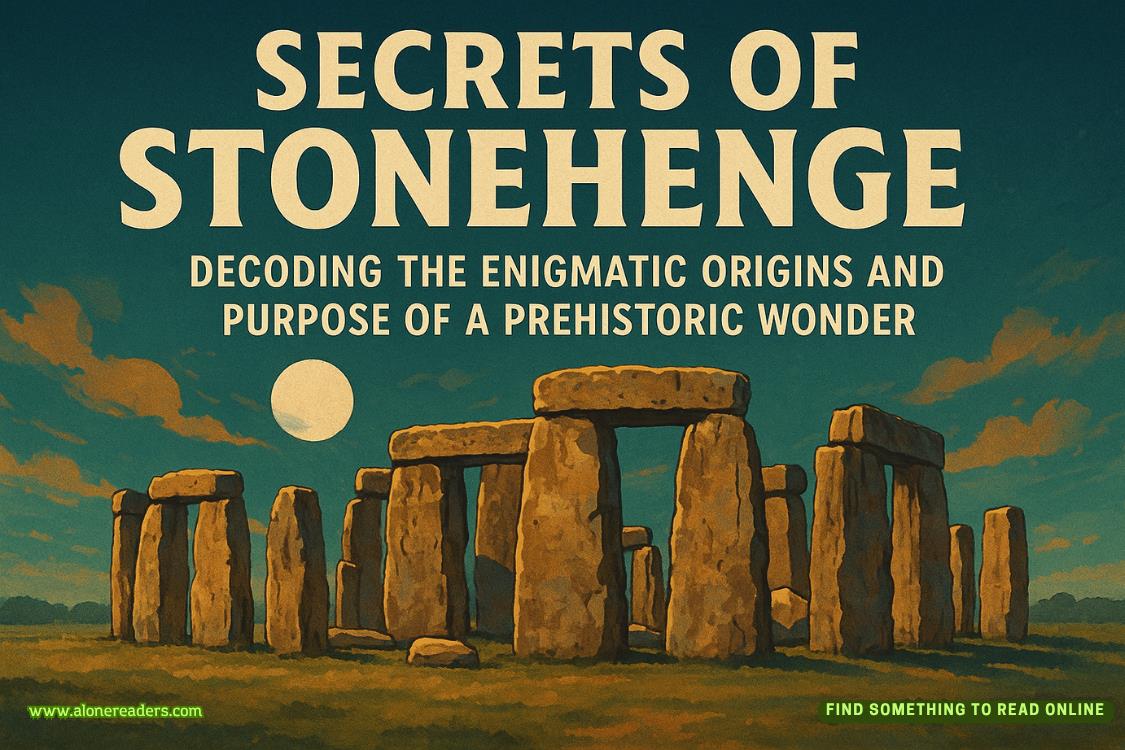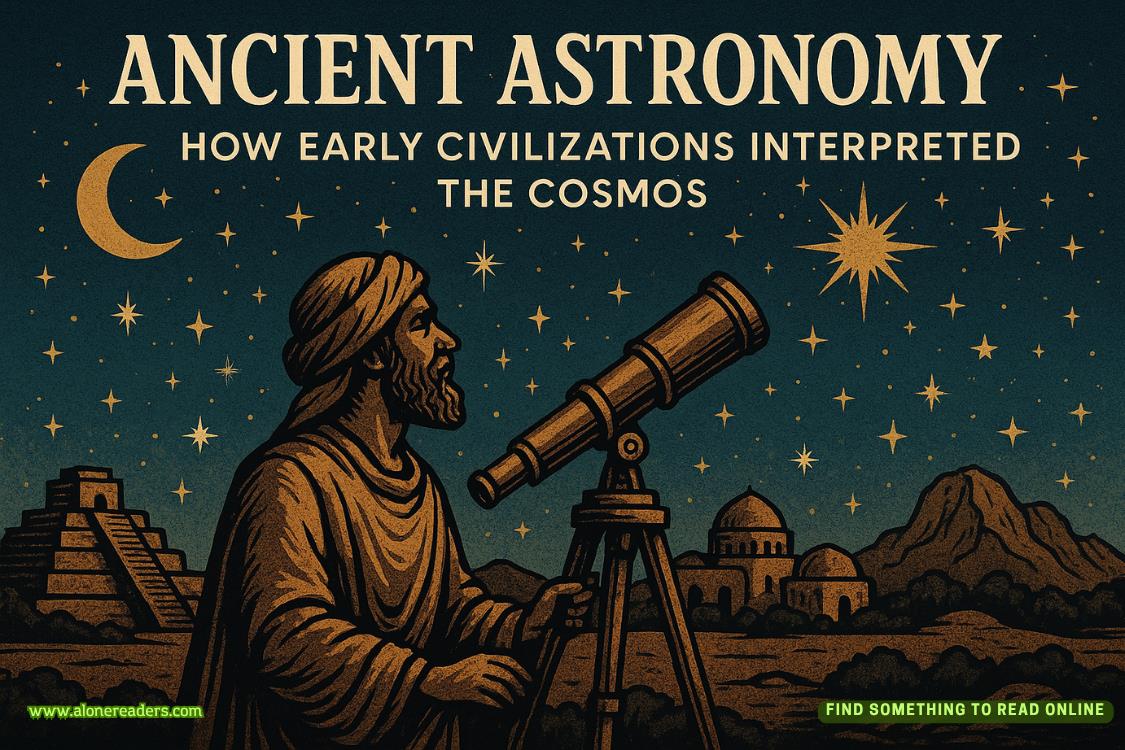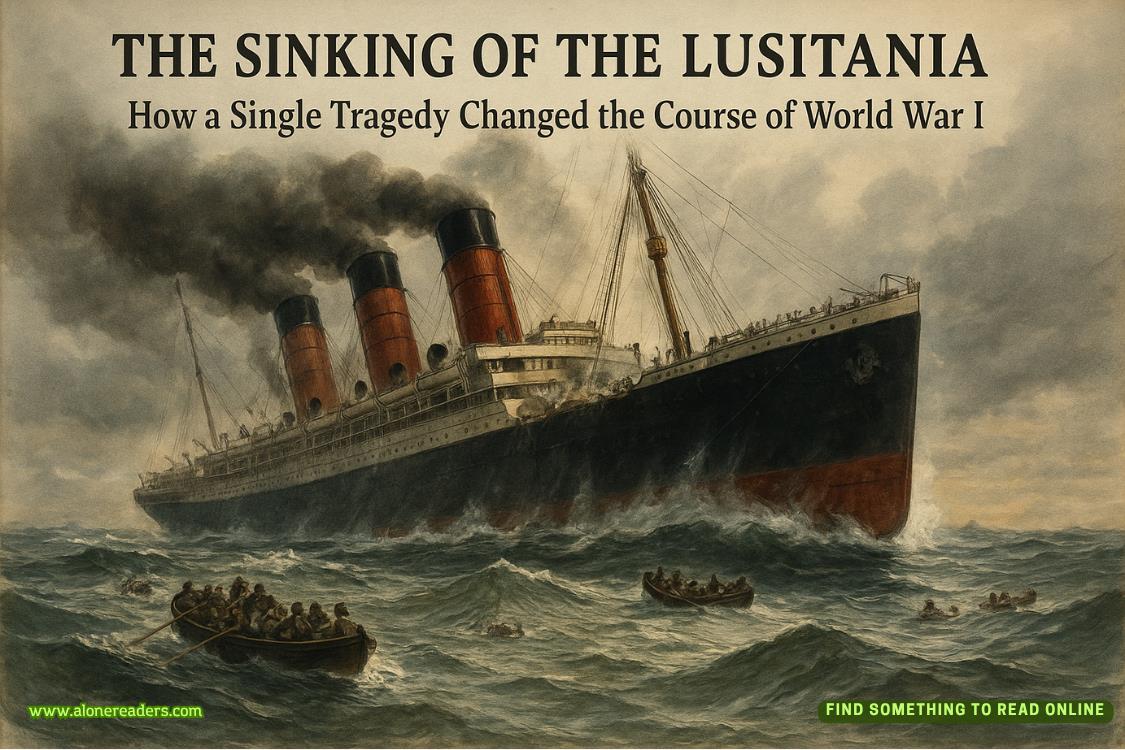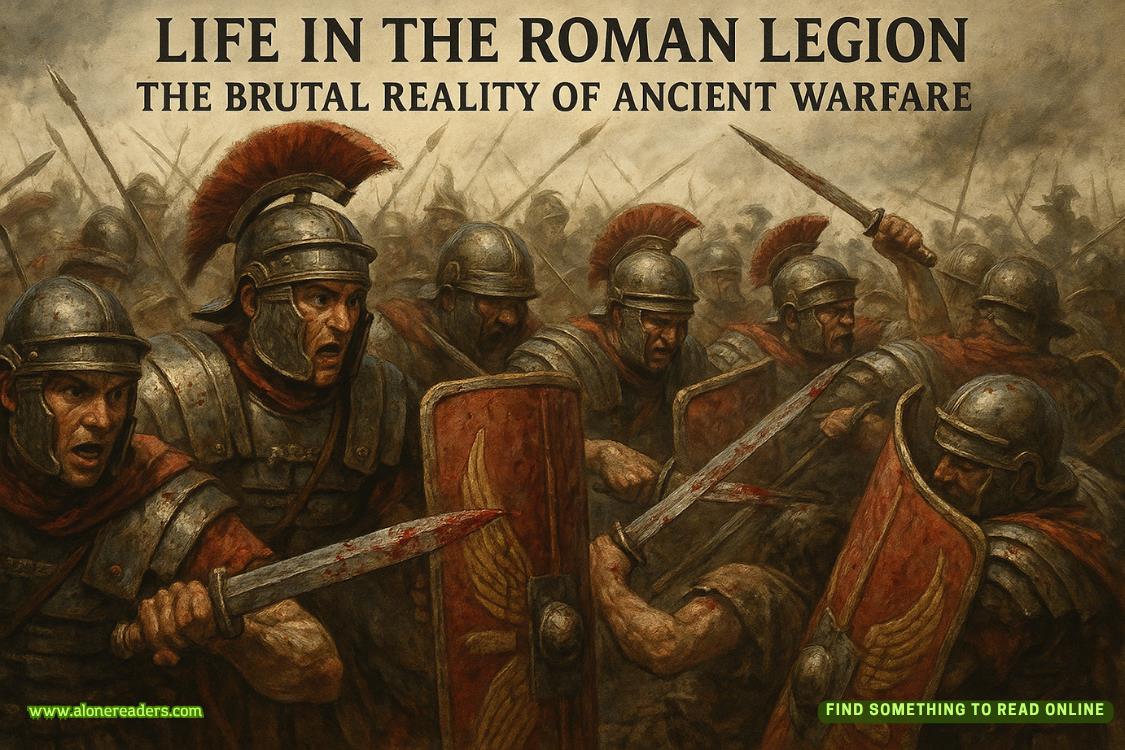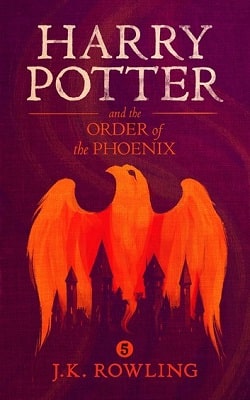The Youngest Sister’s lair is not at all as I imagined it. In fact, it’s hardly what I would call a lair at all. Instead of the dungeon of shadows I’d been picturing, or a fortress of onyx like Nolan had described the Middle Sister’s lair, the Youngest Sister dwells in a cottage.
The wood is a dark chestnut, the warping in it natural and left unsanded. On the floor is a rug whose blue is so deep, it’s almost black, into which the night sky is woven with thread that twinkles, bringing the constellations to life. I feel as though I could step into it and fall straight into the sky, fly to meet the Reaper and the Oak.
Thick curtains are drawn closed over the windows, woven the same dark blue, with flowers and vines decorating the fabric.
The cottage itself is neatly arranged. There’s a small bed in the corner, the sheets collecting a sheen of dust. On the stove is a cast-iron kettle. When I go to pick it up, I find it cold, but heavy with water.
There’s a tray of herbs on the counter, though they’ve withered despite the glowwyrm lights hanging above them. The scents of dried basil and dill fill the air, a hint of dried lavender faintly distinguishable beneath them.
But it’s what’s in the corner that truly draws my attention. There’s a weaver’s wheel, and next to it, a loom twice my height. When I approach it, I find my hand drawn to it and trace its pattern with my fingers, the fabric rough and firm beneath my touch.
As I follow the story the Sister had been weaving, tears spring from my eyes and drip down my cheeks, staining the floorboards as they fall.
It’s the story of a boy, one who, at a young age, loses his father to suicide. The boy is filled with rage, and though I can tell from the way the Sister weaved the regret on his face that he doesn’t mean to, he hurts his siblings time and time again, unable to take out his rage on his father for leaving him. As my fingers trace the threads, the boy’s mother is approached by a man who offers her a training program for her boy. A sort of school in which he’ll be taught to behave. The woman gives the warden the last of her coin, and then the boy is left alone with the stranger.
I avert my eyes and skip ahead, unable to watch what unfolds in the warden’s office. Instead, I search for the part where the boy grows up, falls in love with his childhood friend. I watch his horror as a Mating Mark appears on his hand.
It’s at this point, when the boy goes to a Seer to have his Mark transferred to another, that the tapestry appears torn. It’s been ripped, the rest of it missing, replaced by another version of events. Sadness dampens my heart as I consider the contents of the other tapestry—the part the Eldest Sister possesses and showed Nolan when he begged for her help in locating me. The now missing part contained the way the story was supposedto end, with Nolan and Iaso living happily together for several years, having two lovely daughters, then after Iaso’s tragic but painless death, Nolan being summoned to my father’s estate. Finding me.
I find myself wishing I could gaze upon that tapestry now, watch my belly swell with the child of Nolan’s I’ll never get to bear. Glimpse how our daughter would have looked, whether she would have gotten my hair and Nolan’s green eyes.
I wipe the tears from my cheeks. There is no time to mourn a version of events that never occurred, not when Nolan’s future is currently at stake.
So I skip ahead from the place where the tapestry was torn, where Nolan ripped his own fate, and allow my eyes to trace the rest of the story.
At the end is Nolan, lying in bed. Alone. Dead.
I gasp, realizing the threads at this portion of the story are new. Were they rewritten when I decided to go against his wishes and abandon him? My heart stops in my chest.
Is Nolan already gone?
No.
Panic envelops my chest, but I glance around the room and find the weaver’s needle, grab a stool and climb up to the top of the tapestry, then set to work.
My mother taught me well. She’d thought the ability to weave to be an attractive quality in a young woman, good for catching a husband. So I’d spent hours at the loom, weaving until my fingers bled all over the tapestries, ruining them.
I’d been good—a natural, really—but that hadn’t been enough for my mother.
But as I take the seam ripper to the tapestry, I find the skill returns as easily as one might think. I rip out the threads of Nolan’s death, plucking them with zeal, then set to work. Ireweave the story, tell it the way I want it. With no time to rewrite our pasts, I focus on now. On what I can change.
I start with Nolan’s Mark. Where eerie gray vines snake over his chest, marking him for death, I replace the gray threads with gold.
I weave a pattern until across Nolan’s chest grows an oak tree and from it sprouts golden roots, delving into the ground toward his waistline, a fox familiar on his hip. I paint Nolan’s body in the gold of our Mating Mark, restoring it not only to his arm, but his entire torso, letting the roots run down his legs and toward his feet, unwilling to take any chances. Only his face I leave the same, not daring to touch my beautiful husband’s features except to wash them of the gray marks.
Only, when I reach his hooked hand and try to reweave it, the Fabric fights me. I suppose some events aren’t meant to be changed. Some consequences cannot be undone.
My heart threatens to sink, but I don’t let it. I reweave the story until Nolan’s body is so full of life, he takes a breath, his entire body the image of health.
Just then, a roar rumbles through the mountain and shakes the entire cottage.
I’m thrown from the ladder, my back hitting the floor. At first, I fear the tapestry magic is too strong, that it will override what I changed, but I watch in awe as instead of changing, the tapestry lengthens.
It grows like vines of ivy on the side of a summer home. It lengthens and stretches and my heart skips in my chest, relief flooding my veins.
I watch as I return to Nolan, as he stands from the bed and lifts me into his arms.
The tapestry grows, but then my heart drops.




